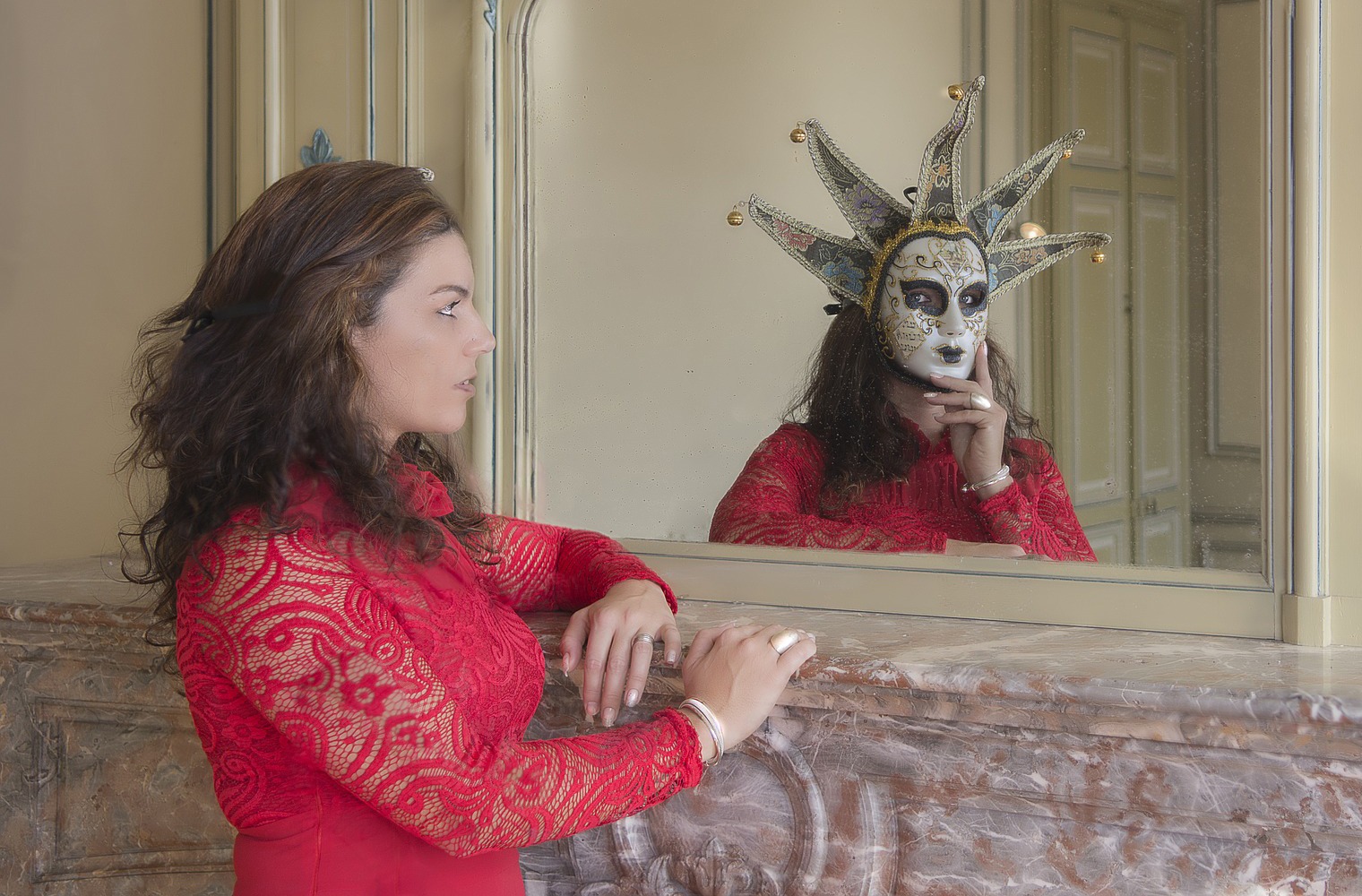Lucid dreaming (LD) provides direct access to the unconscious and gives one the opportunity to experiment with it. The fact that this property could revolutionize psychology has finally caught the attention of the scientific community. The topic was raised by Robert Waggoner, a researcher and practitioner of LD with more than 40 years of experience, at the 37th Annual Conference of the International Association for the Study of Dreams.
In support of his idea, Waggoner offered five arguments:
1. The dream fulfills real practical tasks: it is not a sphere of chaos. Thanks to the dreamer’s mental energy, a plot is created, including figures, dream objects, individual situations. In turn, the LD can show exactly how a person’s consciousness works when forming these pictures.
2. Lucid dreams clearly demonstrate the work of the subconscious mind, its emotions, feelings, imagination, creativity, etc.
3. The process of emotional and physical healing itself can also be studied in LD.
4. Lucid dreams allow one to experiment with time and space.
5. Lucid dreams make it possible to understand how “experience” is created and how to reverse this process, erasing any traumatic emotions retained.
Recalling the history of the development of scientific research on the topic of lucid dreams, the speaker mentioned the works of both Californian Stephen LaBerge and Englishman Keith Hearne. But even before them, the practice of LD was actively used in many spiritual traditions for thousands of years. For example, it is a central technique in dream yoga, and one of the six paths to enlightenment. According to Waggoner, the time has come to revolutionize the field of psychology with the help of LD.
Have you tried to engage in psychotherapy in a lucid dream?
The abstracts of the conference reports were included in the supplement to Vol. 14 of the International Journal of Dream Research.




